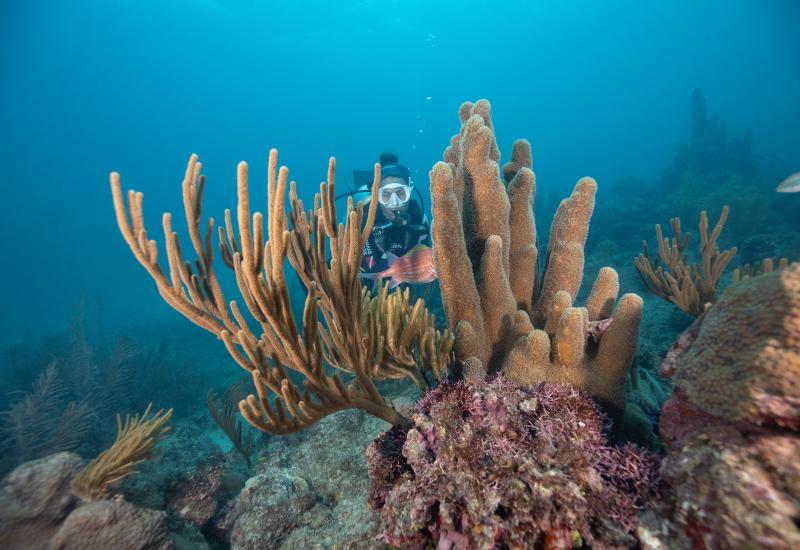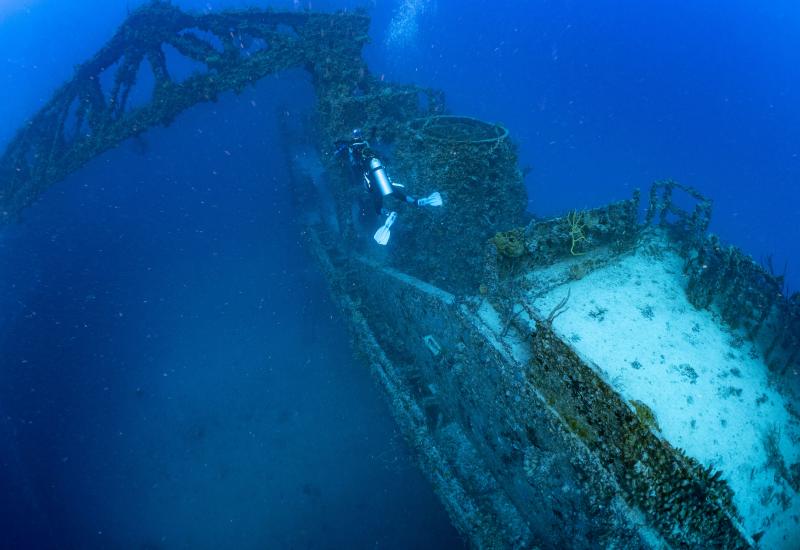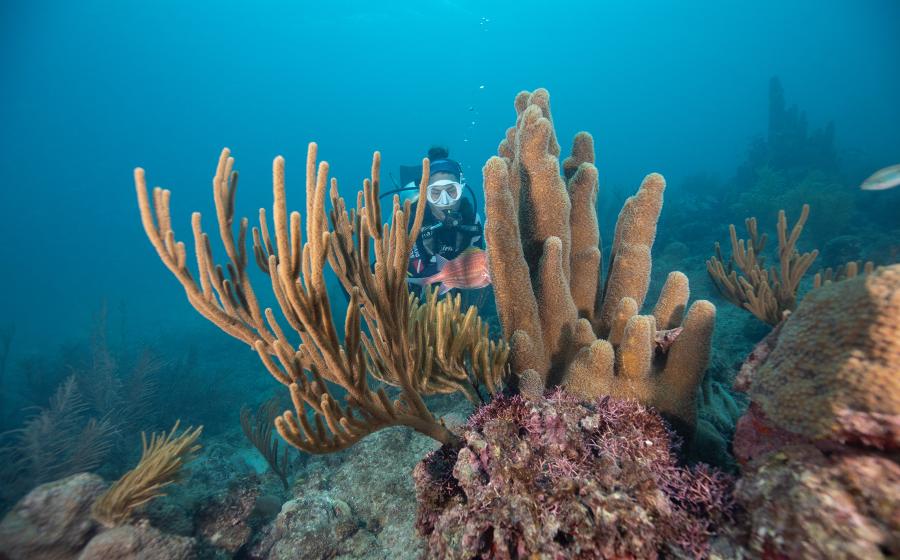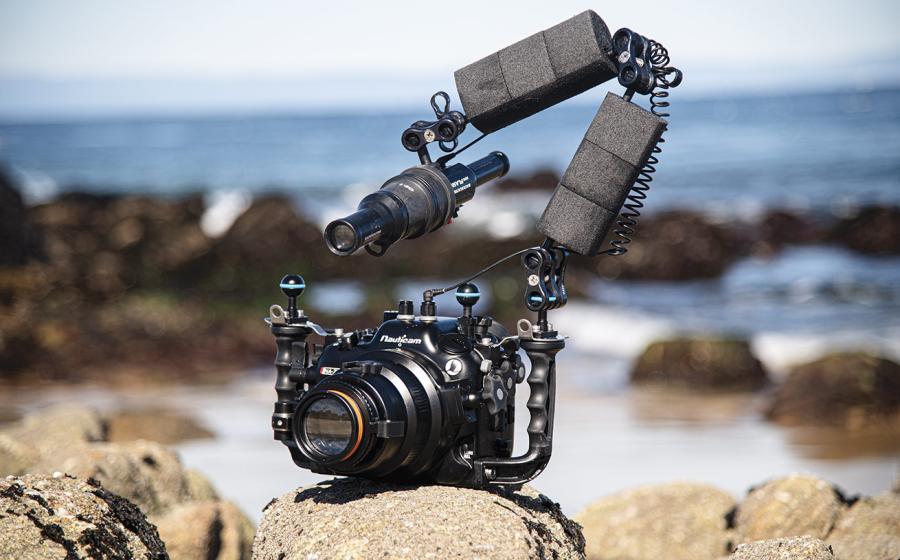How To Handle Lost Luggage On Your Next Scuba Diving Trip

Illustration by Thomas BurnsDon’t panic if your gear never cycles around — get it back and into the water quicker
Few things frighten scuba divers more than standing at the luggage carousel, waiting for a dive bag that never comes. Only 2.9 out of every 1,000 passengers experience mishandled luggage, according to the U.S. Department of Transportation. But if you happen to be one of them, it can ruin your vacation. There’s no foolproof way to avoid lost luggage, but here are six tips to help minimize the hassle and make sure you get compensation for missing items.
1. Carry-On Essentials
The best way to survive a lost-luggage incident with minimal hassle is to pack your carry-on with essentials you’ll need to get by for a few days sans checked luggage. This should include extra clothes, basic toiletries and a swimsuit — along with personalized, fragile or expensive gear like your dive mask, dive computer and regulator.
2. Report It Immediately
Once you realize your bag hasn’t arrived, find the lost-luggage office or other airline personnel and report it. Airlines generally have tracking systems in place, and they can often figure out where it went and when it will arrive. Even if they say the gear is on its way, be sure to file a report and get a copy; don’t leave without a phone number or other method for following up.
3. Know Your Rights
Airlines’ responses to lost luggage can vary wildly depending on the carrier and specific circumstances, but there are guidelines in place. In 2009, the DOT made regulations requiring airlines to cover “all reasonable, actual and verifiable expenses related to baggage loss, damage or delay.” For domestic flights within the U.S., the maximum amount is $3,400. International flights are bound by different regulations, called the Montreal Convention, with maximum reimbursement of $1,800 in most cases.
4. Check Your Airline’s Policy on Dive Gear
Airlines have rules about what they will or will not cover if your luggage is lost or stolen. Items like jewelry and electronics are rarely covered and should never be checked. Some airlines also refuse to cover sporting equipment like scuba gear. Check your airline ahead of time to find out, and if your dive gear isn’t covered, you might consider buying travel insurance that does cover it.
5. Show Proof
The airlines’ compensation limits apply only to verifiable losses, meaning if you have no evidence of what was in your luggage, they have no obligation to reimburse you for it. But what if you don’t have receipts for everything you packed? “Lay out on the floor everything you’re going to pack and take a photo of it alongside that day’s newspaper,” says Phil Sylvester, chief content and communications manager for travel-insurance company World Nomads. “Also take photos of the serial numbers and model numbers of any equipment. It’s not watertight proof, but will go a long way in helping your claim.”
6. Don’t Forget Incidentals
In addition to reimbursing you for the items you lost, airlines and travel-insurance providers will often provide either a daily stipend or reimburse you for any incidentals needed while your luggage was missing, so keep those receipts. “If you haven’t got your luggage back after 12 hours, you can buy new personal items like a toothbrush, clothing and toiletries,” Sylvester says. “But this doesn’t mean you can buy a new diving kit.” Some airlines will even reimburse rental fees for scuba gear hired while yours was missing.
Want more travel tips? Check out the best carry-on items and island street eats.










